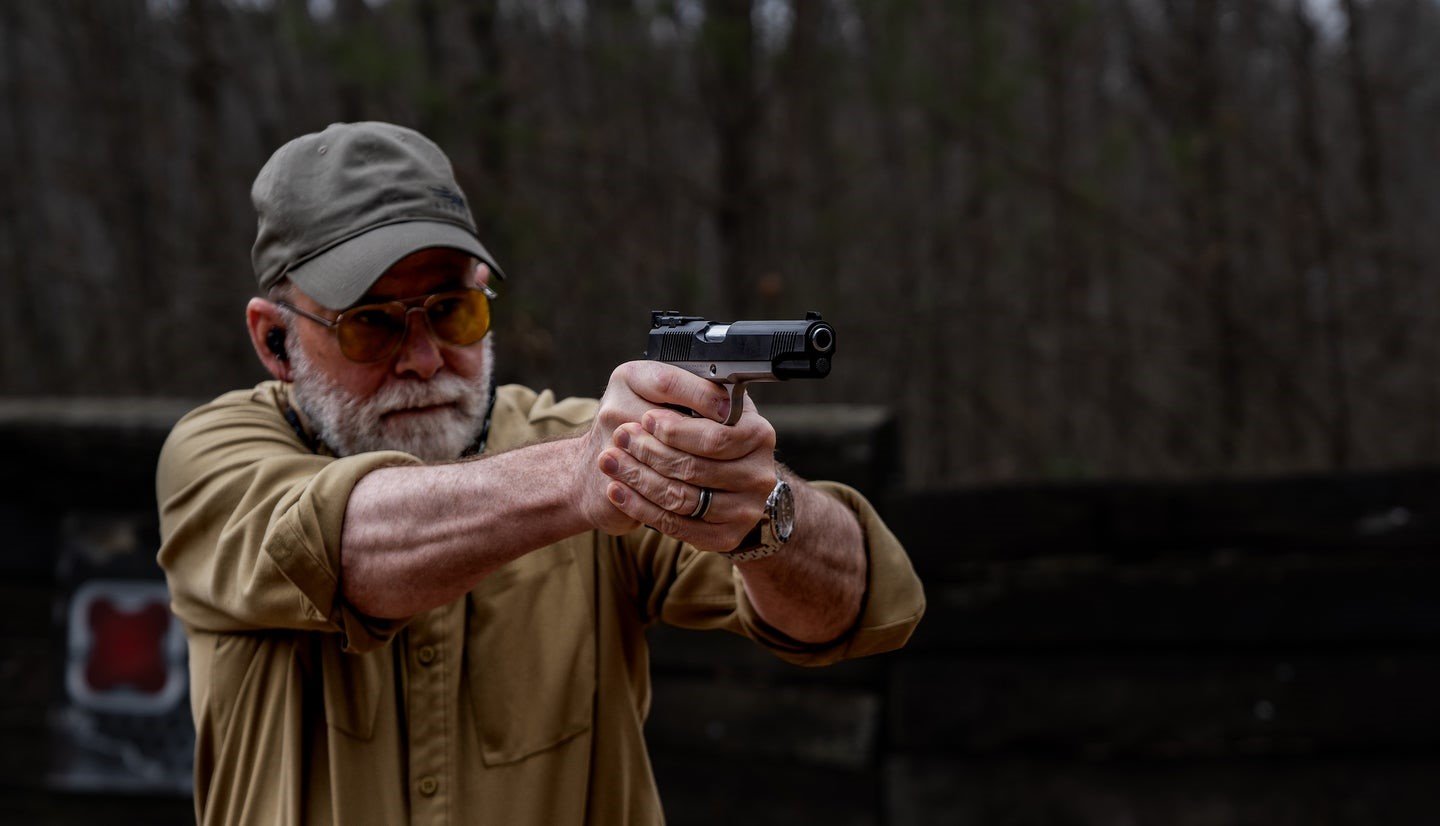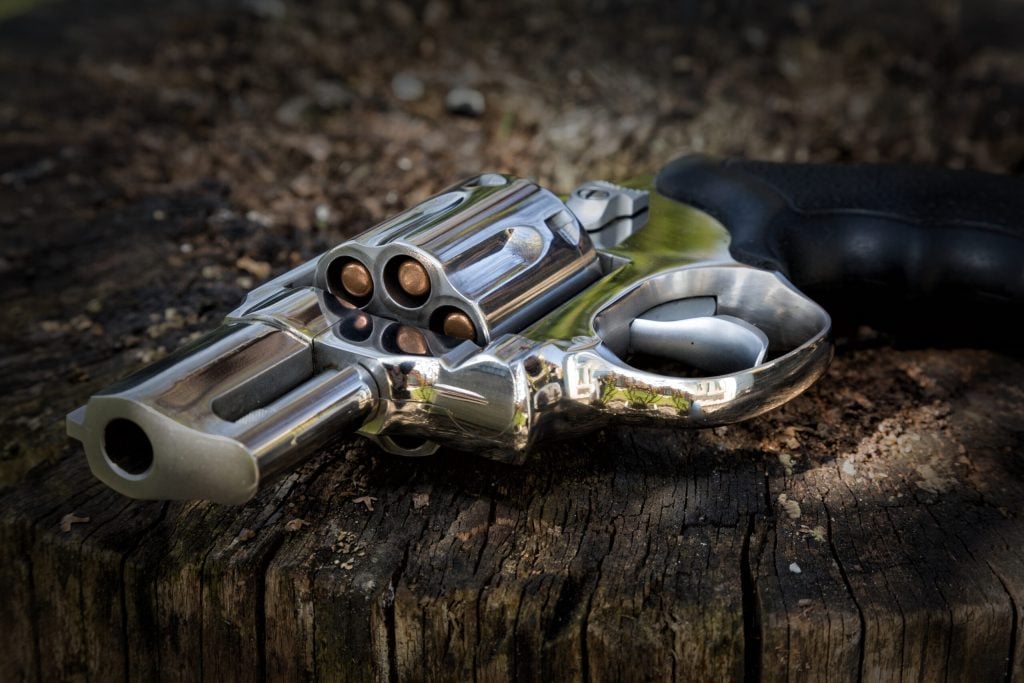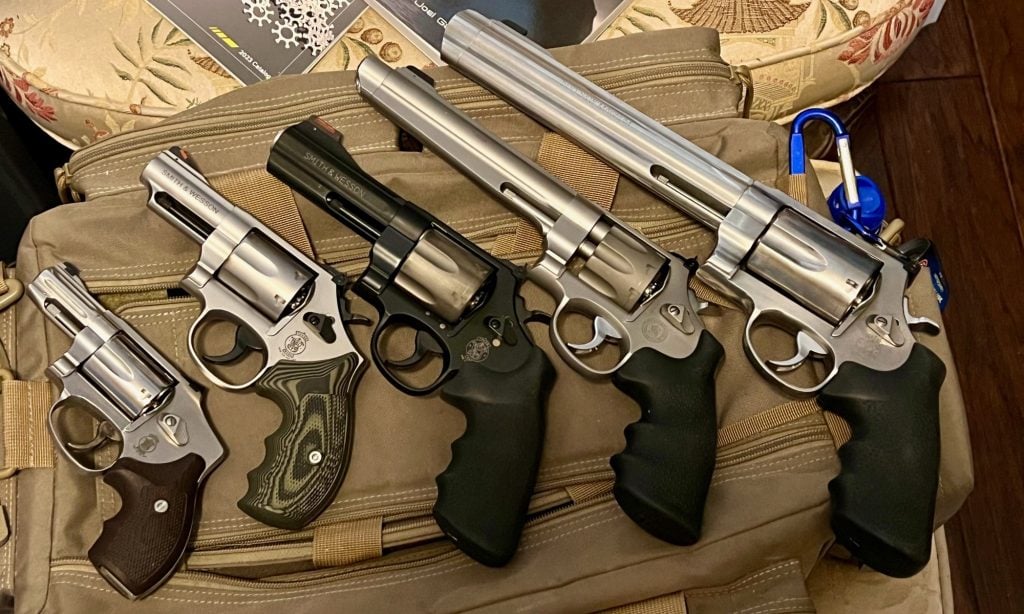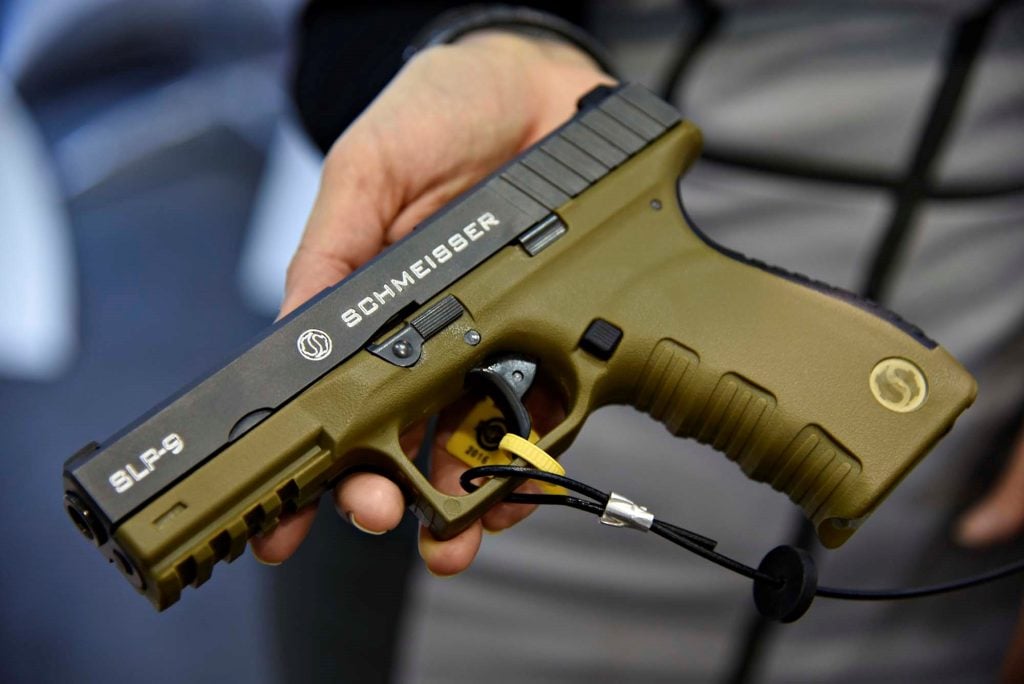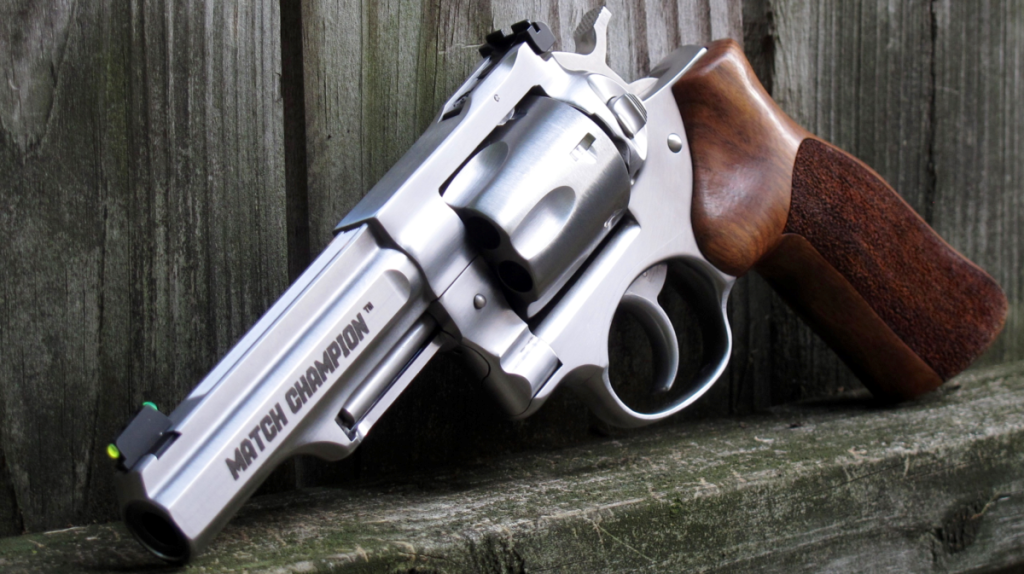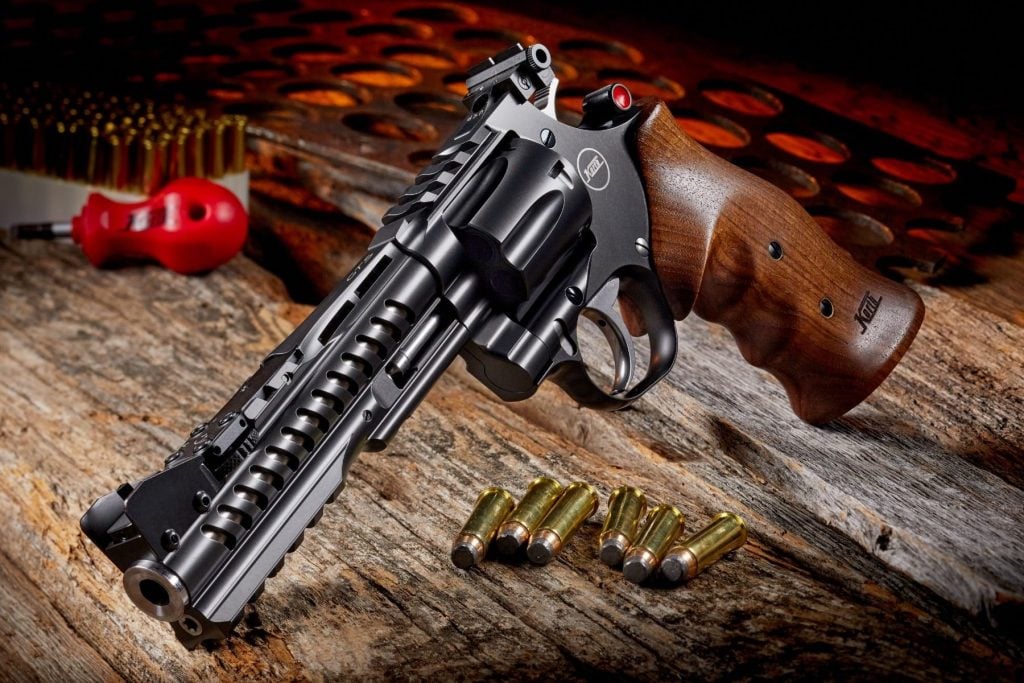When it comes to securing one’s home, the choice between a revolver or a semiautomatic handgun can be a critical decision. Both firearm types offer unique advantages and disadvantages, and the optimal selection depends on the user’s experience, comfort level, and specific needs. This comprehensive guide will delve into the Best Home Self-Defense Gun Revolver or Semiautomatic?, key considerations, enabling you to make an informed choice that aligns with your home defense strategy and personal preferences.
The Easiest Way to Sink an Aircraft Carrier
Understanding Revolvers
Revolvers, also known as “wheelguns,” have been a staple in the world of firearms for nearly two centuries. These classic handguns typically hold between five to seven rounds of ammunition in a rotating cylinder. Modern revolvers often feature a double-action design, where a single trigger pull both cocks the hammer and releases it, firing the pistol.
Advantages of Revolvers
- Simplicity of Operation: Revolvers are renowned for their straightforward operation, making them an excellent choice for users with limited firearm experience. Loading and firing a revolver is a relatively uncomplicated process, reducing the risk of malfunctions in high-stress situations.
- Inherent Reliability: Revolvers are renowned for their exceptional reliability, as they are less prone to jamming or other mechanical issues compared to their semiautomatic counterparts. This reliability can provide peace of mind in a home defense scenario.
- Recoil Management: The heft and weight of a metal-framed revolver help to absorb recoil, making them more comfortable to shoot for some users, particularly those with smaller statures or less upper body strength.
Drawbacks of Revolvers
- Limited Ammunition Capacity: Revolvers typically hold fewer rounds than semiautomatic pistols, which can be a significant disadvantage in a prolonged engagement or a situation requiring multiple shots.
- Slower Reloading: Reloading a revolver requires the user to manually open the cylinder, eject spent cartridges, and load fresh ammunition. This process can be more time-consuming than the magazine-based reloading of a semiautomatic pistol.
- Lack of Accessory Compatibility: Revolvers generally do not offer the same level of accessory compatibility as modern semiautomatic handguns, which can limit the ability to enhance the weapon with accessories such as lights, lasers, or optics.
Exploring Semiautomatic Pistols
Semiautomatic handguns, or “pistols,” have been around for over a century and have become increasingly popular in the realm of home defense. These firearms typically hold a higher number of rounds, often ranging from 10 to 17 or more, stored in a detachable magazine inserted into the grip.
Advantages of Semiautomatic Pistols
- Higher Ammunition Capacity: Semiautomatic pistols generally offer a significantly higher ammunition capacity compared to revolvers, providing users with more firepower in a defensive situation.
- Faster Reloading: Reloading a semiautomatic pistol involves a simple magazine change, which can be performed more quickly than the manual reloading process of a revolver.
- Accessory Compatibility: Many modern semiautomatic handguns feature Picatinny rail systems, allowing for the attachment of various accessories such as weapon lights, laser sights, and optics, enhancing the weapon’s utility and versatility.
Drawbacks of Semiautomatic Pistols
- Increased Training Requirements: Semiautomatic pistols typically require more training and familiarity to operate effectively, as users must be proficient in tasks such as racking the slide to chamber a round and properly managing the safety mechanisms.
- Potential for Malfunctions: While modern semiautomatic pistols are generally reliable, they can be more susceptible to malfunctions, such as stovepipes or failure to feed, particularly if not properly maintained or used with suboptimal ammunition.
- Recoil Management: Semiautomatic pistols, especially those chambered in larger calibers, can generate more recoil than their revolver counterparts, which may be challenging for some users to control, especially those with less upper body strength or experience.
How Canada Plans to Lead in Submarine Technology
Choosing the Right Firearm for Home Defense
When selecting a handgun for home defense, several key factors should be considered to ensure the optimal choice for your specific needs and circumstances.
Shooter Skill and Experience
- Novice Users: For individuals with limited firearm experience, a revolver like the Ruger GP100 may be the ideal choice, as its simplicity of operation and inherent reliability can provide a more user-friendly and confidence-inspiring platform.
- Experienced Users: More seasoned shooters may prefer the higher capacity and accessory compatibility of a semiautomatic pistol, such as the Glock 19, which can be further enhanced with accessories like weapon lights for improved low-light performance.
Household Considerations
- Presence of Children: If there are children in the home, the added safety features and storage options of a revolver may be preferable to a semiautomatic pistol, which may require additional precautions when stored in a “cocked and locked” condition.
- Recoil Sensitivity: Users with smaller statures or less upper body strength may find the recoil management of a revolver more manageable, especially when chambered in less powerful calibers like .38 Special.
Can Helicopters Land Anywhere?
Ammunition Considerations
- Caliber Selection: Both revolvers and semiautomatic pistols are available in a variety of calibers, ranging from the mild .38 Special to the more potent .357 Magnum or .45 ACP. The chosen caliber should balance stopping power, recoil, and the user’s ability to accurately place shots on target.
- Ammunition Performance: Selecting high-quality, purpose-designed self-defense ammunition can enhance the effectiveness of either a revolver or a semiautomatic pistol, improving factors such as penetration, expansion, and immediate incapacitation.
Conclusion
In the realm of home defense, the choice between a revolver and a semiautomatic handgun is a deeply personal one, influenced by the user’s skill level, experience, and specific needs. While revolvers offer simplicity and reliability, semiautomatic pistols provide higher capacity and accessory compatibility. Ultimately, the best home defense gun is the one that the user is most comfortable and proficient with, enabling them to respond effectively and confidently in a high-stress situation.
FAQs
1. Why carry a revolver instead of a pistol?
Revolvers are renowned for their straightforward design, featuring fewer moving parts than pistols. This simplicity often results in easier maintenance and a lower likelihood of malfunctions. Their user-friendly nature makes them well-suited for home defense.
2. Why choose a revolver over a semi-auto?
Revolvers are generally more accurate than most semi-automatic pistols because their barrels are fixed to the frame. In contrast, semi-autos typically have barrels that move during the firing cycle, although they are “locked” in place at the moment of firing.
3. Is a revolver enough for home defense?
If you understand how to load and shoot firearms, both pistols and revolvers are viable options for home or self-defense. However, revolvers are generally simpler to operate in high-pressure scenarios due to their straightforward design. Additionally, revolvers rarely jam, unlike handguns which may experience this issue more frequently.
4. Are glocks better than revolvers?
Revolvers typically hold between five and eight rounds of centerfire ammunition. In contrast, high-quality handguns like Glocks offer much greater capacities. For example, a standard flush-fitting magazine can hold 15 rounds, while some magazines can accommodate up to 50 rounds, depending on state regulations.
5. Is a single action revolver good for self-defense?
The Colt Single Action Army, the classic model among them all, remains highly effective for self-defense.
